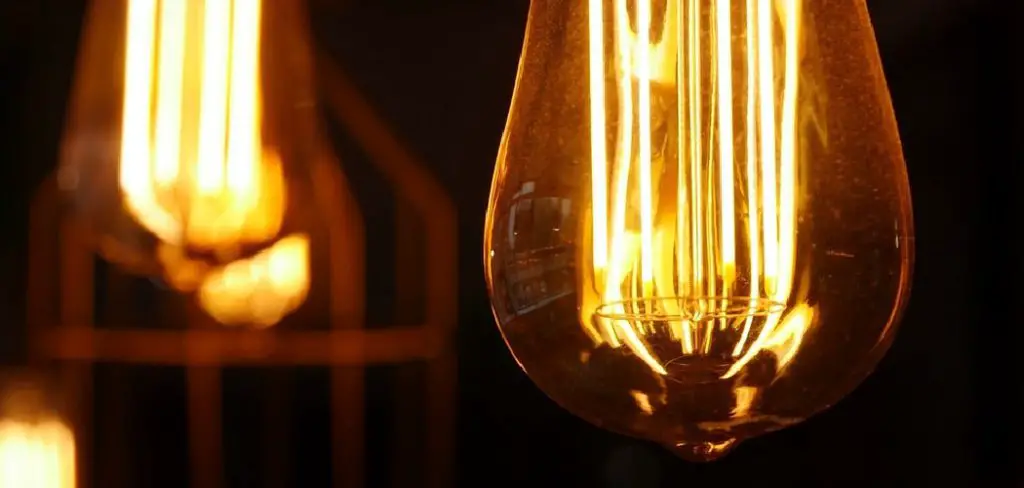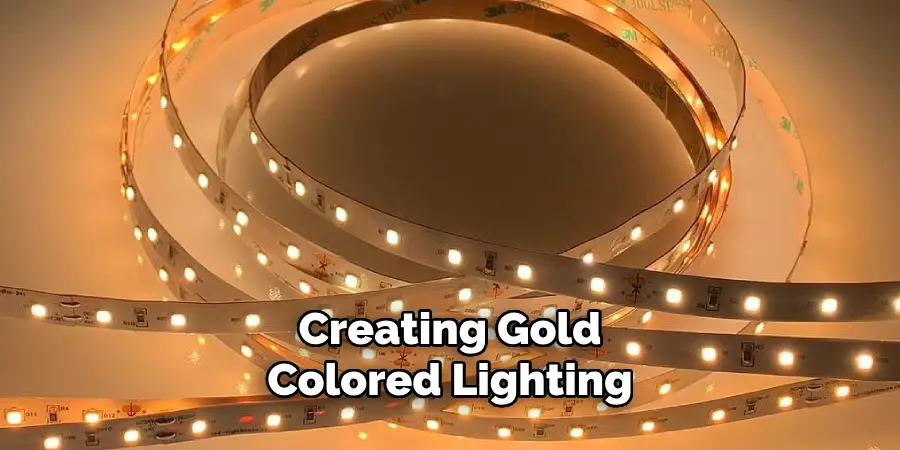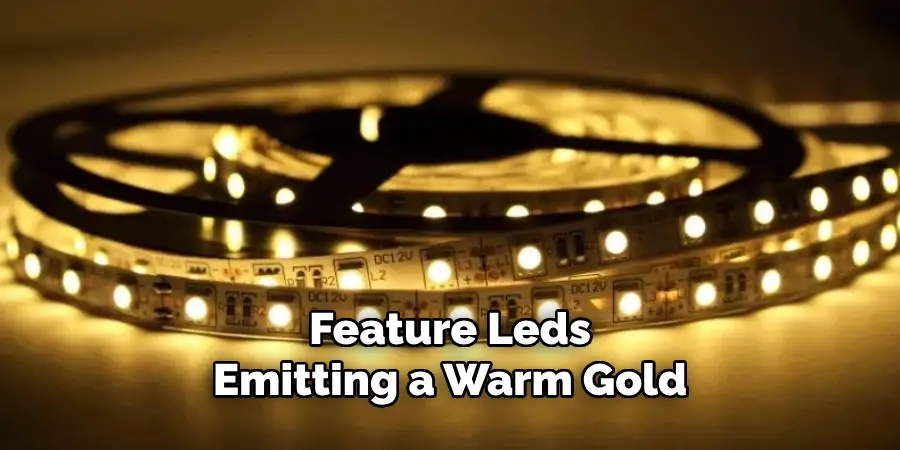Creating gold effects on LED lights can add a touch of elegance and sophistication to any space or project. Whether you’re customizing lighting for a

decorative purpose or experimenting with creative designs, achieving a gold hue requires careful consideration of materials, techniques, and color combinations. This guide will take you step by step through the process of how to make gold on led lights, helping you achieve a safe and professional result.
Why Gold Lighting is Popular
Gold lighting has gained immense popularity due to its ability to create a warm and inviting ambiance in any setting. The rich, golden hue exudes a sense of luxury, sophistication, and timeless elegance, making it a favorite choice for both residential and commercial spaces. Gold-toned lights complement a wide range of interior styles, from modern minimalist to classic designs, adding a touch of opulence.
Additionally, the soft glow of gold lighting is easy on the eyes, creating a relaxing atmosphere that enhances comfort and promotes a cozy environment. Its versatility and aesthetic appeal make gold lighting a go-to option for those looking to elevate their space.
The Role of Warm White LEDs in Producing a Golden Hue
Warm white LEDs play a crucial role in achieving a golden hue for your lighting. These LEDs emit a soft, yellowish light that closely resembles the natural warmth of incandescent bulbs, making them an excellent foundation for creating gold effects. By combining warm white LEDs with filters, coatings, or diffusers, you can enhance the golden appearance and customize it to suit your preferences. The color temperature of warm white LEDs, typically ranging between 2700K and 3000K, provides the perfect balance between brightness and warmth, which is essential for mimicking the luxurious and inviting tones of gold. Additionally, warm white LEDs are energy-efficient and long-lasting, making them a practical choice for creating stunning golden lighting in any space.
10 Methods How to Make Gold on Led Lights
1. Use Amber or Yellow LED Lights
One of the simplest and most direct ways to create a gold-colored glow is by using amber or yellow LED lights. Many LED manufacturers offer LED bulbs or strips in amber, which can mimic the warm, golden tone typically seen in incandescent lights. These LEDs are designed to emit a natural gold-like color without requiring

additional filters or color mixing. By selecting high-quality amber LEDs, you can achieve a warm, inviting glow perfect for creating a gold ambiance in any room. For a deeper gold effect, opt for LED lights that have a warmer color temperature (around 2000K-3000K) to emulate the hue of gold more closely.
2. Color Filters or Gel Sheets
Another method to achieve a gold-colored light is by using color filters or gel sheets. These are thin, translucent materials that can be placed over your LED lights to change their color. Gold-colored gels can be purchased or even made by combining yellow, orange, and red gels to mimic the rich tones of gold. Once you have your gold filter, simply place it over your LED light source to transform its output into a gold hue. This method is especially useful if you already have white or yellow LEDs and want to achieve a specific shade of gold without replacing the bulbs.
3. LED Lights with RGB Capabilities
RGB (Red, Green, Blue) LED lights provide a versatile option for achieving a gold color through color mixing. By adjusting the individual red, green, and blue channels, you can mix the right balance of colors to approximate gold. The ideal settings to create a gold light usually involve a high level of red and green, with very little blue. Using an RGB controller, you can fine-tune the color output until you achieve a rich, golden shade. This method allows for customization, as you can adjust the intensity of the gold hue to suit your needs. Many smart LED lights also come with apps or remote controls that make it easy to dial in the perfect gold tone.
4. Warm White LEDs with a Gold-Toned Lamp Shade
If you prefer a more subtle approach to creating gold-colored lighting, you can combine warm white LEDs with a gold-toned lamp shade or cover. When a warm white LED light is placed behind a gold-colored cover, the light passing through will

be tinted by the gold material, giving it a warm, golden glow. This method works well for table lamps, floor lamps, or any lighting fixture where you can easily add a decorative element. The gold lamp shade or cover can be made of metallic or reflective materials that intensify the golden hue, further enhancing the effect.
5. Paint Your LED Bulbs with Gold Spray Paint
A creative DIY approach to making LED lights gold is by painting the bulbs with gold spray paint. While this method is not suitable for all types of LED lights (especially if they’re exposed to heat), it can work effectively for decorative or non-heat-generating LED bulbs. Choose a high-quality spray paint designed for
use on glass or plastic surfaces, and carefully apply a thin coat of gold paint to the exterior of the bulb. This will give the light a warm, golden tint when illuminated. Be cautious not to obstruct the LED’s light source too much, as this could reduce the overall brightness.
6. Gold LED Strips
For a more straightforward option, you can purchase gold-colored LED strips. These are specially designed strips that feature LEDs emitting a warm gold glow, without the need for additional modifications. These gold LED strips are commonly

used for accent lighting, under-cabinet lighting, or decorative purposes. They often come with adhesive backing, making installation quick and easy. Gold LED strips are available in various lengths, brightness levels, and color temperatures, allowing you to find the right product for your needs.
7. DIY Color Mixing with RGBW LEDs
For a more advanced method, you can create a gold light effect by mixing RGBW (Red, Green, Blue, and White) LEDs. These LEDs allow for more nuanced color control by adding a dedicated white LED to the mix, which helps balance the light intensity and create a more natural gold. By combining the right proportions of red, green, and white, you can achieve a color that resembles gold more closely. The white LED will soften the gold color, giving it a rich, warm appearance without being too yellow or orange. Using a controller, you can experiment with different settings to find the perfect gold tone.
8. Using Smart Bulbs with Preset Gold Tones
Many smart bulbs, such as those from Philips Hue or LIFX, offer a range of preset colors, including a gold or warm amber tone. These bulbs use advanced color technology, allowing you to select from a wide range of hues directly from an app on your phone or through voice commands via a smart assistant.

If you’re aiming for convenience and ease, smart bulbs with preset gold tones are an excellent choice. These bulbs allow for seamless integration with your smart home setup and can be adjusted on the fly to match your desired atmosphere. Additionally, you can control the brightness, saturation, and even set schedules for when you want the gold light to turn on or off.
9. Using a Gold-Tinted Light Diffuser
Another method to create a gold light effect is by using a gold-tinted light diffuser. These diffusers, typically made from plastic or acrylic, have a gold tint that modifies the light passing through them. You can place the diffuser over your LED light to achieve a soft, golden glow. Diffusers work by scattering light, which results in a more evenly distributed light output. The gold tint helps to introduce a warmer, gold hue, creating a relaxed and inviting ambiance. This technique is particularly effective for larger LED setups or when you need to diffuse light over a broader area.
10. Adding Gold LED Covers or Lenses
For a more professional approach, you can use gold-colored LED covers or lenses that attach directly to the LEDs. These covers are designed to alter the light output of the LED without affecting its functionality. Simply place the gold-colored lens or cover over the light, and it will filter the light through its gold tint. These covers come in various styles and can be used for both bulbs and LED strips. They are particularly useful for commercial lighting setups, stage lighting, or decorative displays where consistent and high-quality lighting is essential.
Conclusion
Creating gold-colored lighting can be achieved through a variety of methods, each suited for different needs and preferences. Whether you choose to customize RGB settings, utilize gold-tinted accessories, or experiment with DIY techniques, there are numerous ways to achieve the warm, golden glow you desire. From the simplicity of preset smart bulbs to the creativity of painting LED bulbs, the options allow for versatility and personalization. Ultimately, the right approach depends on your lighting setup, intended use, and the level of customization you’re looking for. Thanks for reading, and we hope this has given you some inspiration on how to make gold on led lights!

